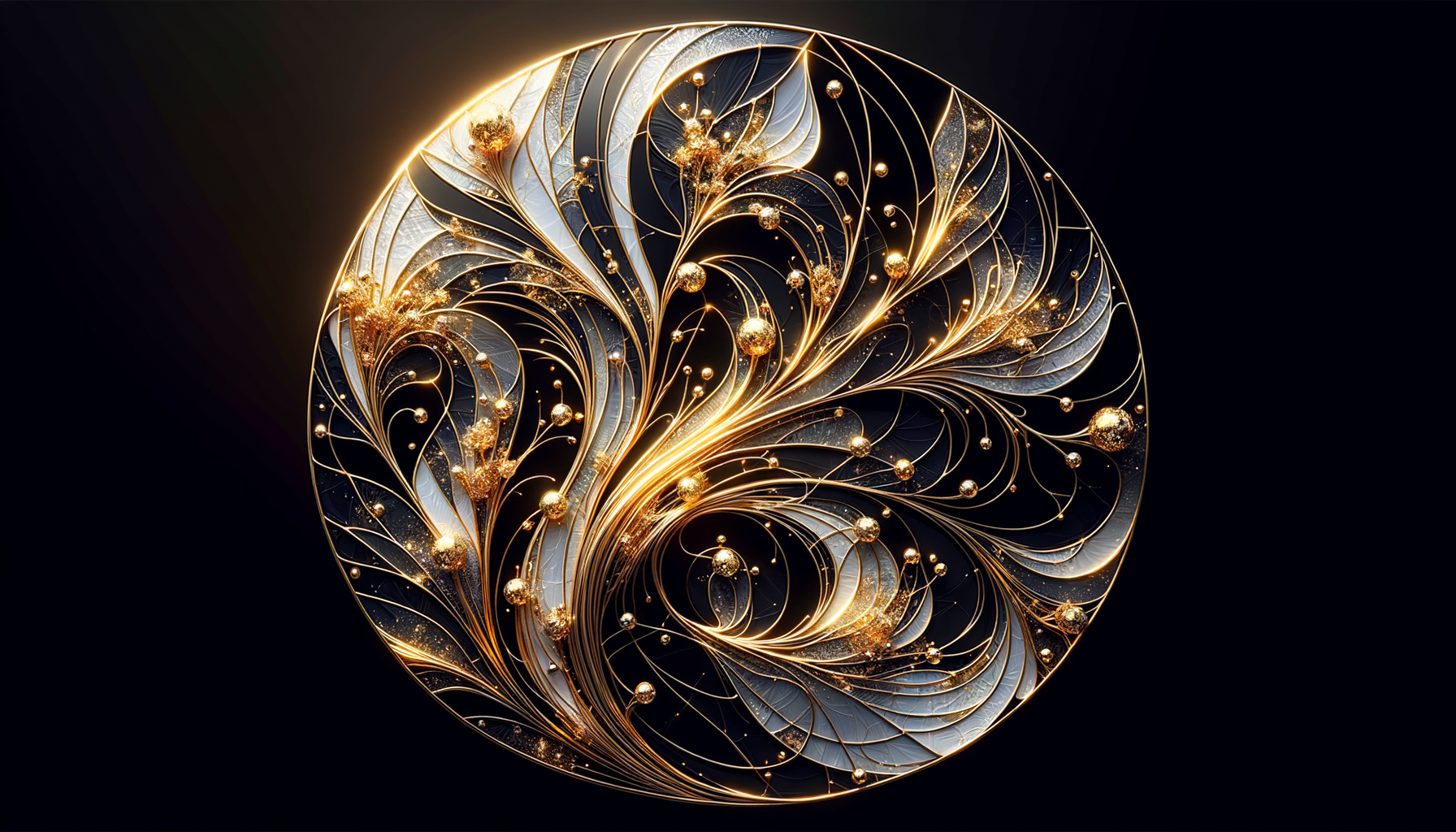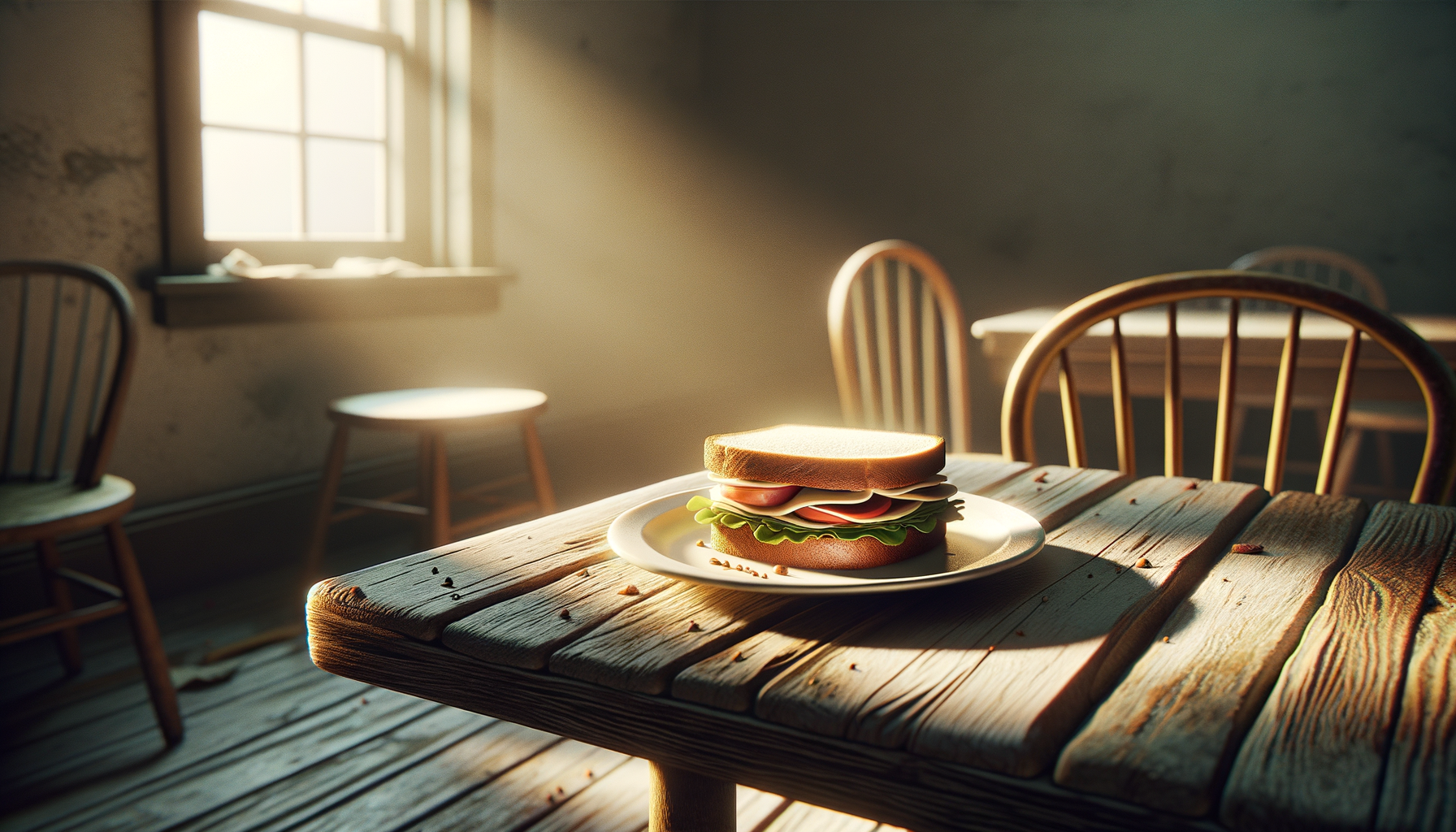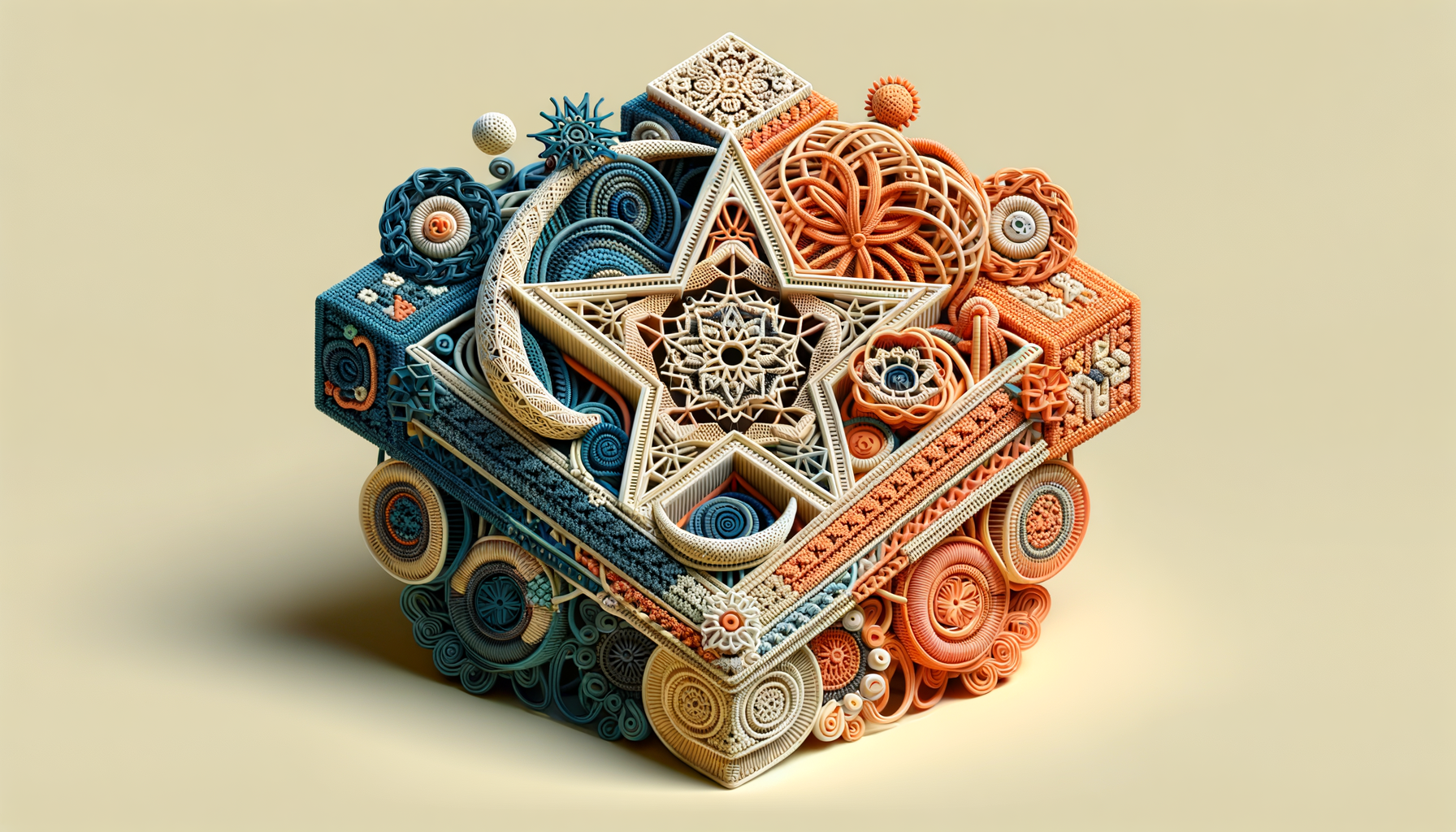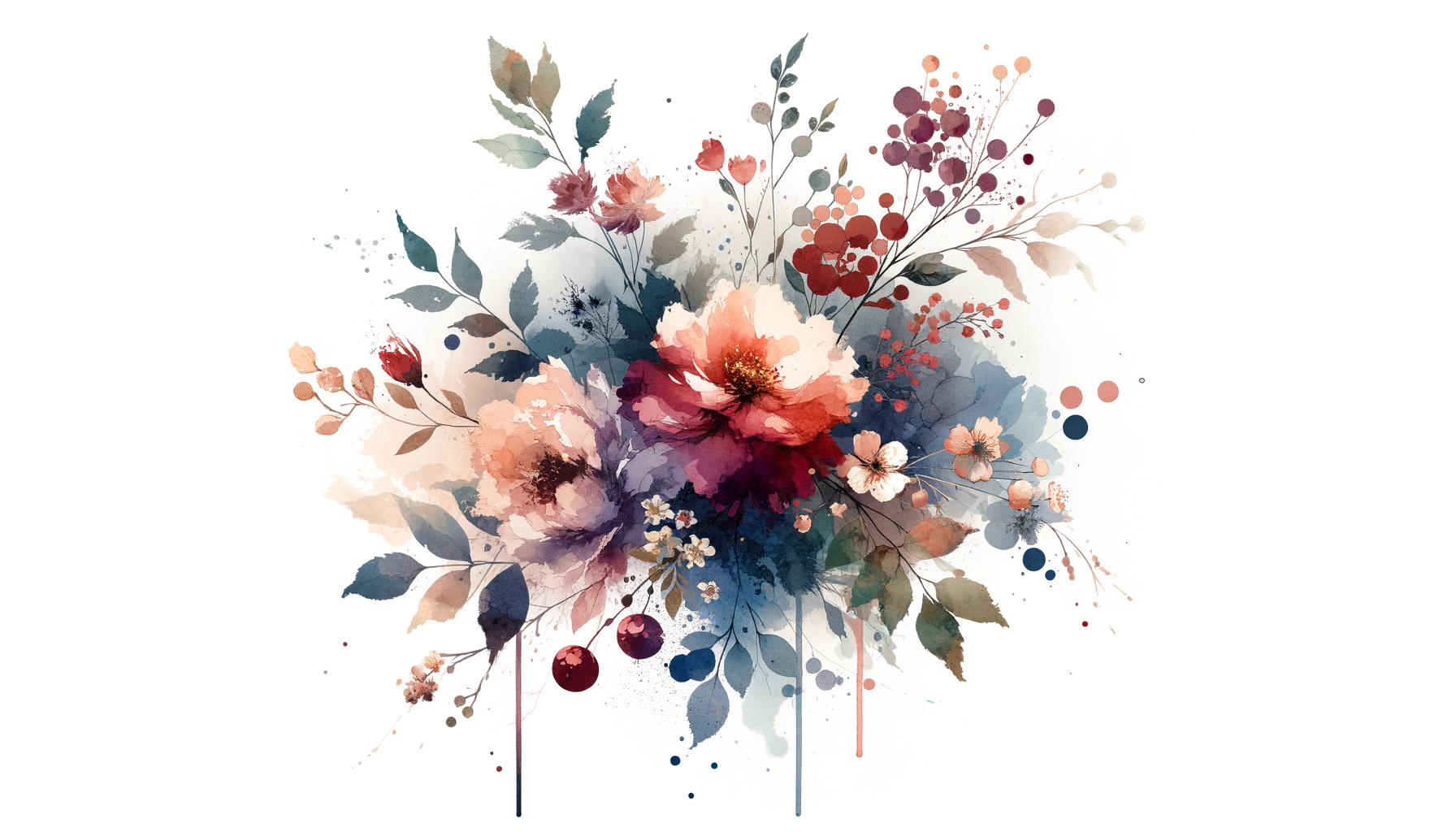My Most Unexpected Inspiration
When a Cracked Teapot Heals Your Love Life
It started with tea. Not the juicy kind you spill in a hushed conversation over brunch, but the actual soothing, hot beverage kind. I was at my parents’ apartment on the Upper East Side—think crown moldings, multiple tea sets, and as many unsmiling portraits as you’d expect from two people in the art world. My mother, ever concerned with precision, had set out an elaborate assortment of loose leaves and what appeared to be a ceremonial teapot, one I hadn’t seen before. Its charm was undeniable: white porcelain flecked with gold, intricate in its detailing.
Then I saw it. A thin crack, spidering down its side, inlaid with molten gold like a lightning strike frozen mid-flash.
“Ah,” my mother said, observing me stare. “Kintsugi. It’s a Japanese art form—repairing cracks with gold lacquer. It’s supposed to make the imperfection part of the story, part of the beauty.”
Now, let it be known that I’ve never been short on opportunities for inspiration. Between Monet water lilies, Degas ballerinas, and chapel walls frescoed by hand, my life has been an embarrassment of visual riches. But a teapot—one that looked like it had gone a round with gravity and lost—turned out to be the most profound inspiration I’d ever stumbled upon.
Perfection is Overrated (and Exhausting)
The philosophy behind kintsugi was instantly intoxicating. Fix the cracks and make them glow? Own the flaw instead of masking it? It’s as if someone had taken centuries of heartbreak, awkward first dates, and text message “…” bubbles that never become replies and distilled them into an art form.
Think of how often we’re told to present ourselves as perfect in love. Stand tall. Look flawless. Never seem overeager (but also not too aloof). It’s the emotional equivalent of your apartment before your landlord swings by—staging a version of yourself so impeccably clean that even you barely recognize how you live.
But kintsugi insists: forget all that. Here’s the plate you dropped, here’s the story of how it shattered, and here’s the reminder that life put it back together—more brilliant than before, cracks and all.
I couldn’t help but apply that analogy to my dating life. You know, that glittering web of mishaps—losing interest too quickly, mistaking adrenaline for connection, or realizing six months in that your “shared hobbies” were just both liking pizza and confusion about how to pair wine.
What if—just humor me here—those so-called flaws were actually part of my appeal, instead of baggage to be hidden at all costs?
Your Cracks Are Your Charm, Darling
Picture this: you’re chatting over cocktails with someone new. They notice a self-deprecating comment you make about always over-packing for trips. You’d expect their laughter to signal your foolishness. Instead, they say, “Oh, same here! My suitcase is 90% shoes. Tell me, did you need all of them?” Cue a spiraling conversation that feels more effortless than air.
That’s the power of kintsugi—seeing beauty in what is, instead of despairing over what isn’t. In dating, we’re often so fixated on camouflaging our flaws with perfectly curated anecdotes, clever one-liners, and that sweater we spent two hours choosing, we forget just how magnetic our imperfections can be.
Attraction Doesn’t Mean Airbrushed
Think about the sweeping allure of a truly great art piece. It doesn’t call to you because it’s faultless. No one studies a Cézanne and says, “Look at that flawless apple—I’d eat seven servings of fruit a day if they looked like that!” No, you fall in love with the smudges, the strokes left unfinished, the suggestions of imperfection that make it human, alive, real.
A few years ago, I dated someone who appeared curated to within an inch of their life. Their photos looked Vogue-ready; their playlist contained zero ironic guilty pleasures. But over time, the perfection began to feel slippery, performance-like. I started yearning for something raw, something honest. Perfection makes for great Instagram posts, but it turns out, it’s a terrible dinner date.
Kintsugi in Real Life (Spoiler: It’s Not About Porcelain)
So back to the porcelain teapot (you didn’t think I’d abandoned it, did you?). Here’s what we can take from its gilded cracks and apply directly to living, breathing love:
- Acknowledge the Breaks. Life’s hard; things get messy. Reaching your mid-thirties (or mid-twenties, or let’s be honest, mid-anything) without a few dings in your emotional resume is impossible. Admit it. Your past doesn’t define you, but it shapes you—and maybe even makes you sparkle.
- Don’t Edit Yourself Down. That wacky art exhibit you hated but left feeling oddly moved? Share it. That weird stress habit where you alphabetize your spices every Sunday? (I see you.) Mention it. Vulnerability isn’t weakness; it’s a golden streak in your narrative.
- Embrace Your “Weird.” For me, that meant leaning into my deep, geeky obsession with art history during conversations. There was a time when I was genuinely afraid people would find my passion for 14th-century Italian tempera painting unrelatable. I kept dating people who thought discussing color palettes was “cute” instead of core to my being. Eventually, I realized only someone who lit up when hearing the word “Botticelli” would ever feel like home.
Flaws as Connection Points: The Sushi Guy Saga
One particularly kintsugi-rich moment involves a man we’ll call Sushi Guy. We met at a gallery opening (I default to clichés without meaning to) and bonded over our complete inability to understand performance art. Over our second date—multiple sashimi plates later—he confessed he didn’t know how to use chopsticks but had pretended to during our first outing. This was a man in his thirties, and yet here was his crack: a ridiculous but entirely human insecurity.
His honesty (slightly red-faced as it was) made me adore him. I started teaching him chopstick technique, both of us dissolving into fits of laughter. The ability to show he wasn’t perfect—openly and generously—made him more alluring than anyone I’d dated in years.
Turn Up the Gold Lacquer
You know what works better than endlessly sanding down your edges to fit someone else’s idea of a spotless partner? Owning your story, flaunting it even. Those quirks and flaws you’re hiding? They’re not the eyesores you think they are. They’re proofs of life, of generosity, of humor waiting to be shared.
Kintsugi taught me that loving myself—and letting love see me fully—meant leaning into the cracks with a metaphorical paintbrush of molten gold. Hating your flaws is easy; learning to highlight them is an actual superpower. So go on, gild your scars a little. Let your imperfections win applause.
The Teapot Never Looked Better
As for that teapot in my mother’s dining room? I now see it as a quiet, glowing metaphor for resilience and beauty. Love, after all, isn’t about displaying an immaculate plate. It’s about picking up the porcelain shards after they’ve hit the ground, loving them harder, and realizing the cracks aren’t just inevitable—they’re the whole point.




















